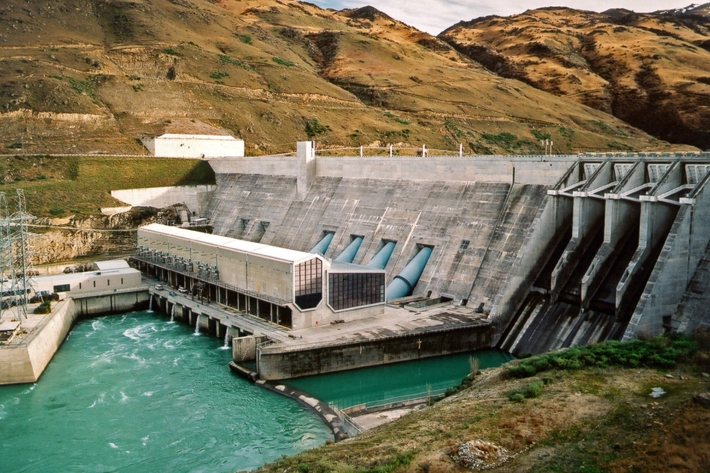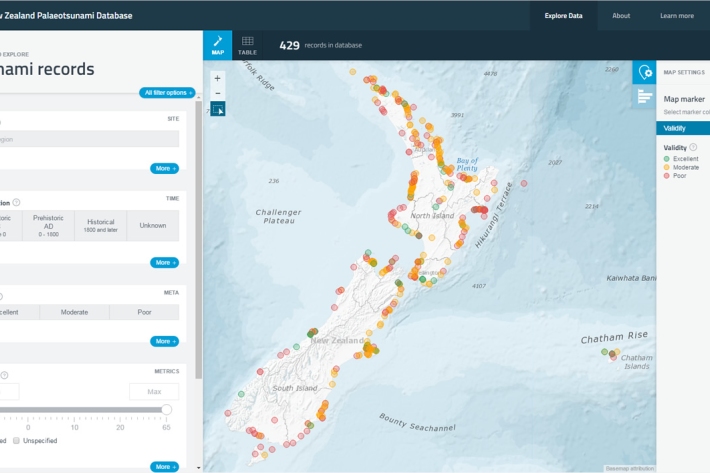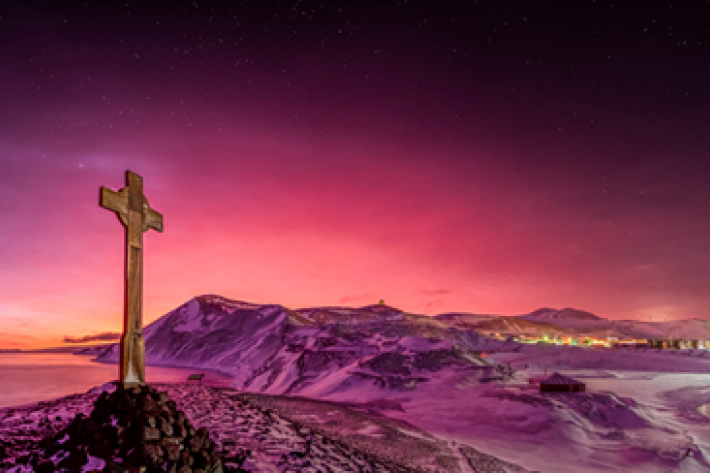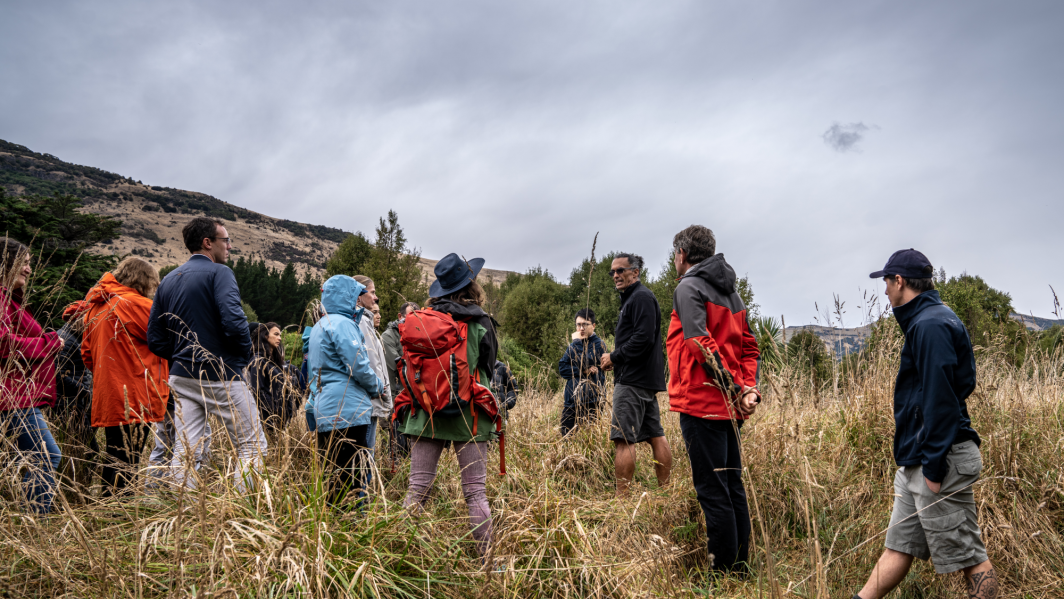-

Water dams
Damming water for urban use, hydro-electric power generation, irrigation, and other industrial and commercial uses. -

Extreme weather - heavy rainfall
Education ResourceHeavy rainfall is one of the most frequent and widespread severe weather hazards to affect New Zealand. -

Sea level rise and coastal inundation mapping of the Avon-Heathcote Estuary, Christchurch
Urban Infrastructure and the Built Environment Toolbox case study -

Extreme weather - winds and tornadoes
Education ResourceDue to its position in the 'Roaring Forties', a belt of strong winds in the Southern Hemisphere which generally occur between the latitudes of 40 and 49 degrees, as well as its small size, New Zealand is a windy country. -

New Zealand Palaeotsunami Database
Software Tool/ResourceThe New Zealand Palaeotsunami Database (Database) brings together all known information about tsunamis that occurred prior to written records. -

Flood modelling of the Buller River, Westport
Urban Infrastructure and the Built Environment Toolbox case study -

Tonga volcano “afterglow” causes dazzling skies in Antarctica
Media release06 June 2017Antarctica is experiencing stunning skyscapes like those recently seen in New Zealand, thanks to the afterglow effect from the Tongan volcano. -

Risk and vulnerability
Education ResourceRisks from natural hazards are part of every day life for New Zealanders. -

Flooding - how does it happen?
Education ResourceUnderstanding what happens above and below ground during a flooding event, and how it is different from normal rainfall conditions -

Waves
Education ResourceThe waters around New Zealand have some of the highest waves in the world, due to Southern Ocean swell and storms in the Tasman Sea and Pacific Ocean. -

New database sheds light on prehistoric tsunamis affecting New Zealand
Media release31 May 2017The scientific records of palaeotsunamis to have affected New Zealand shores can now be accessed in a new one-stop information shop.

